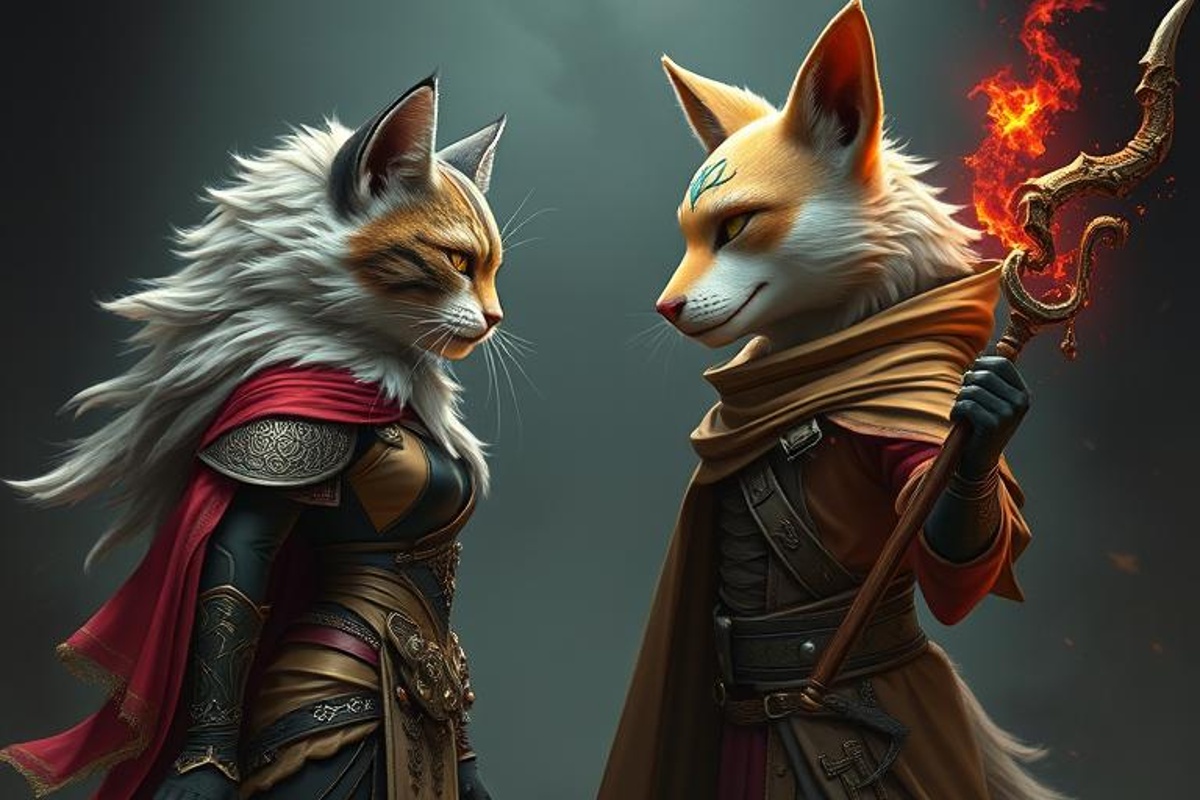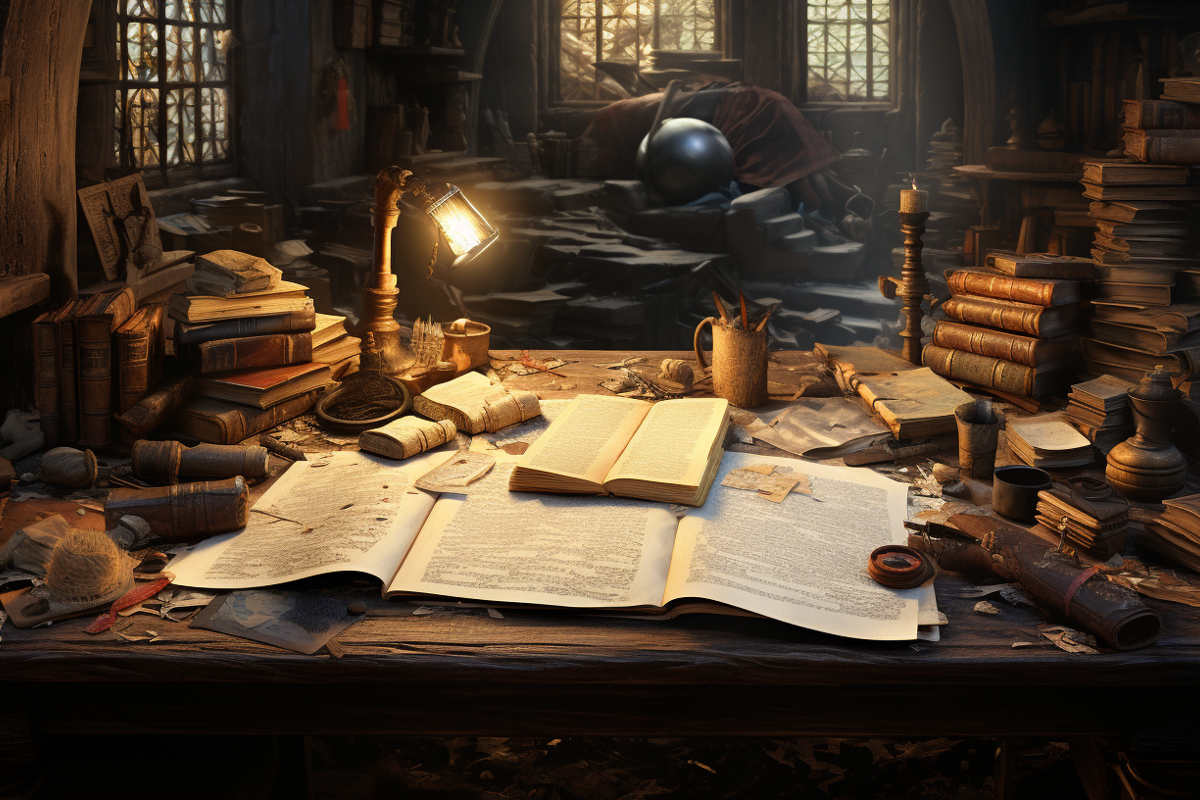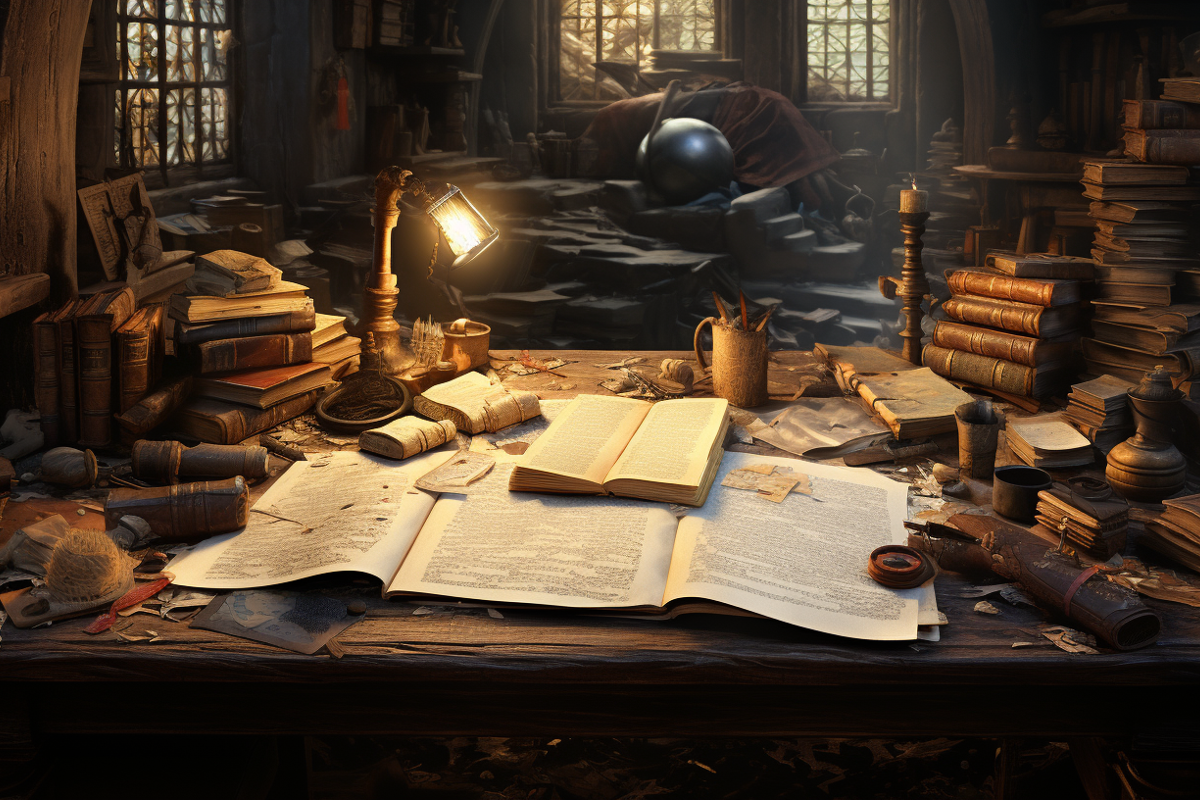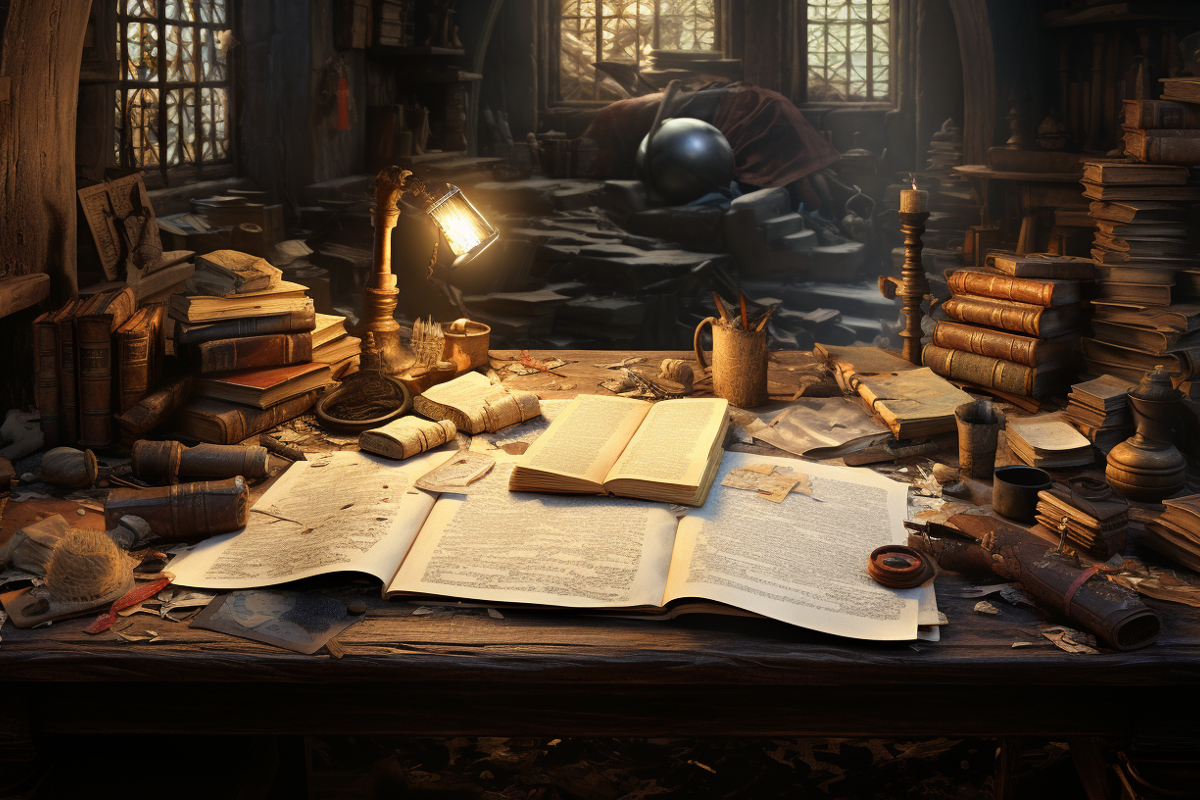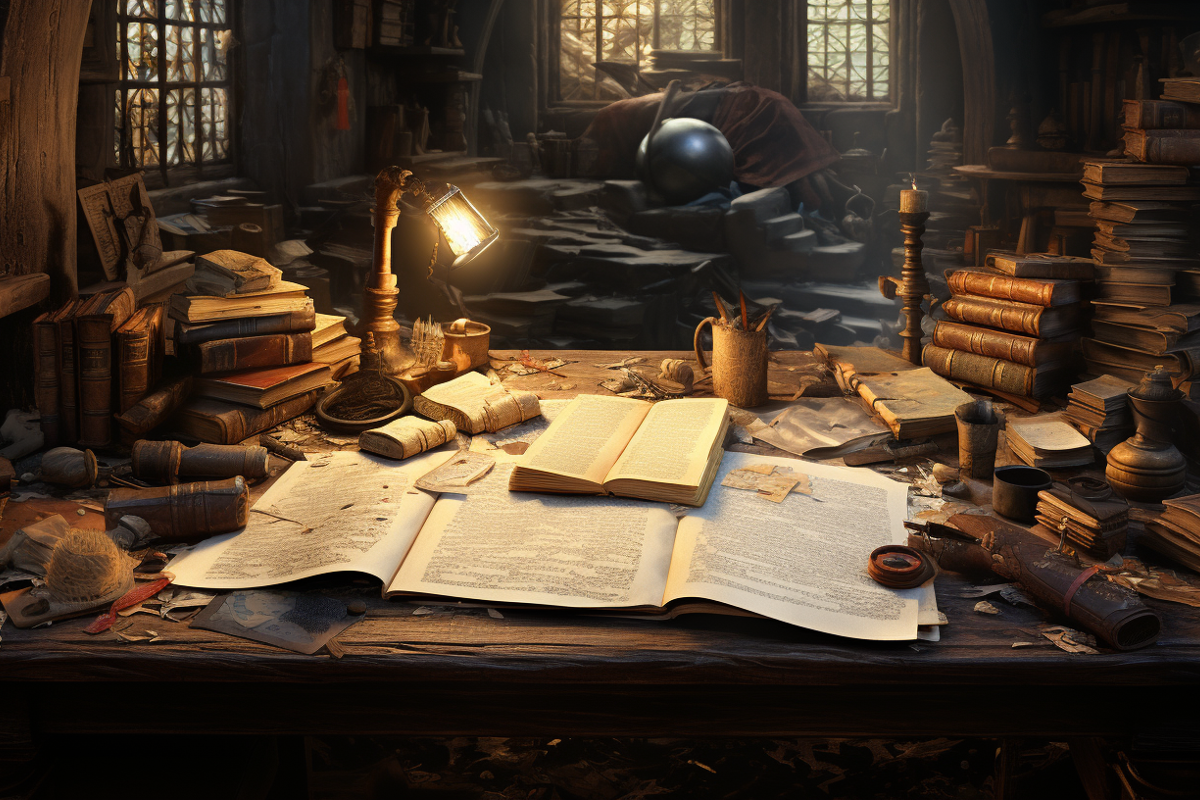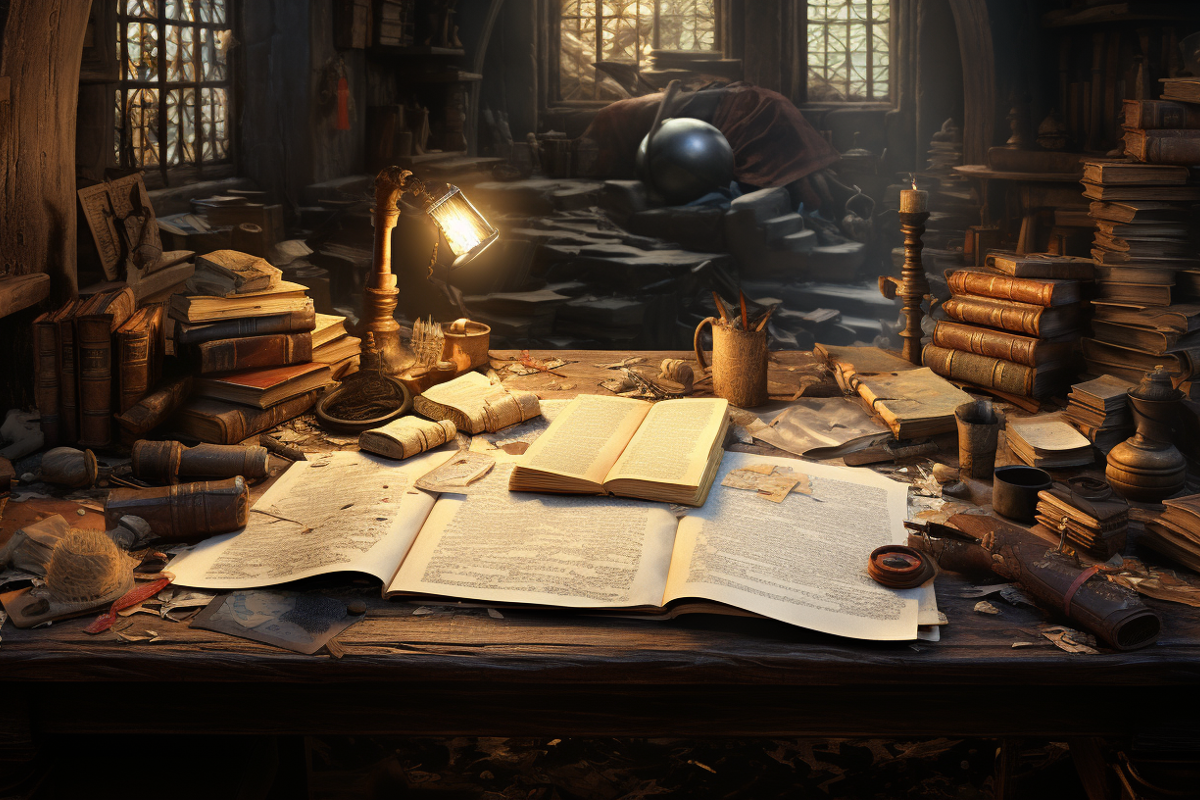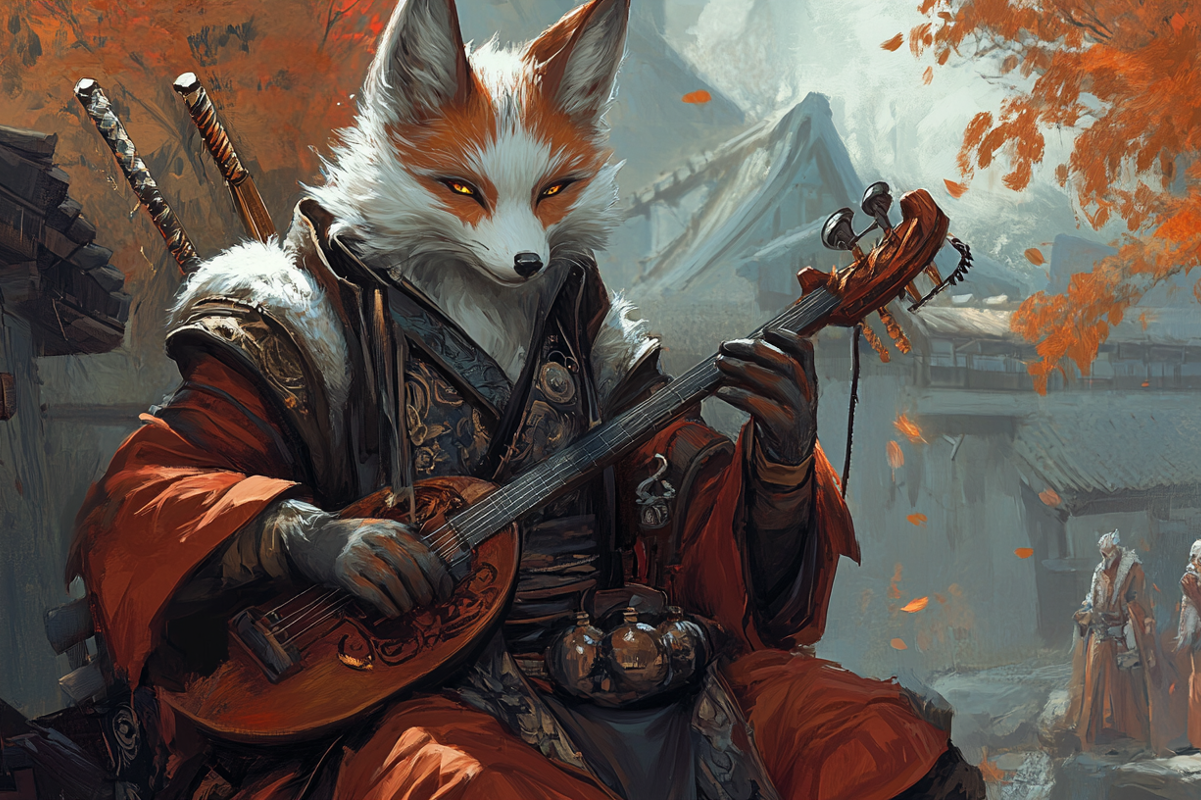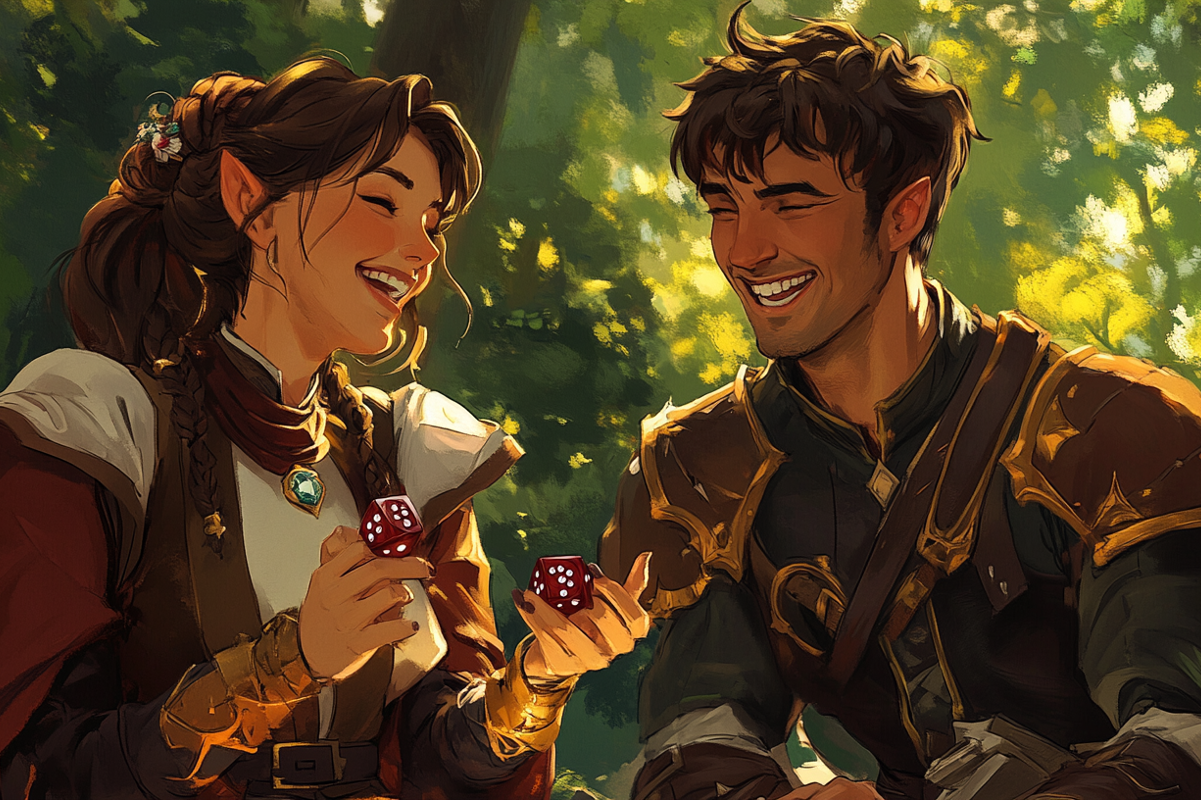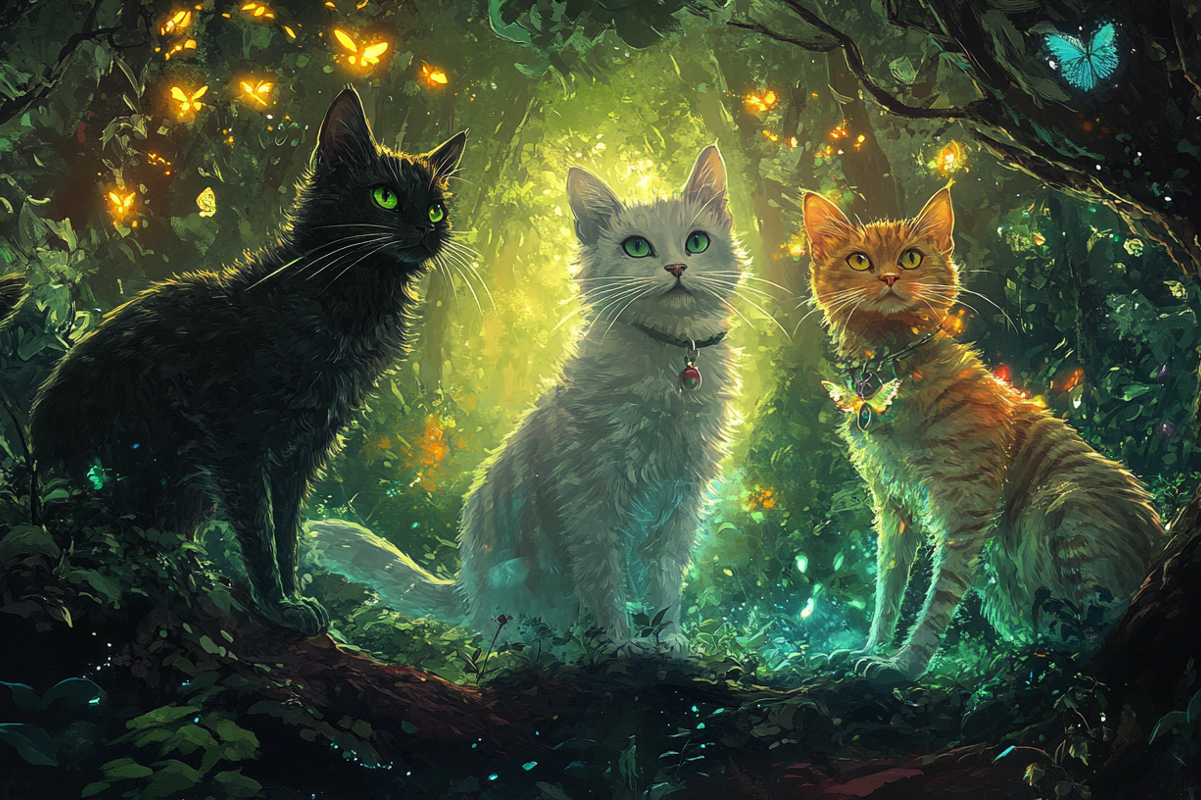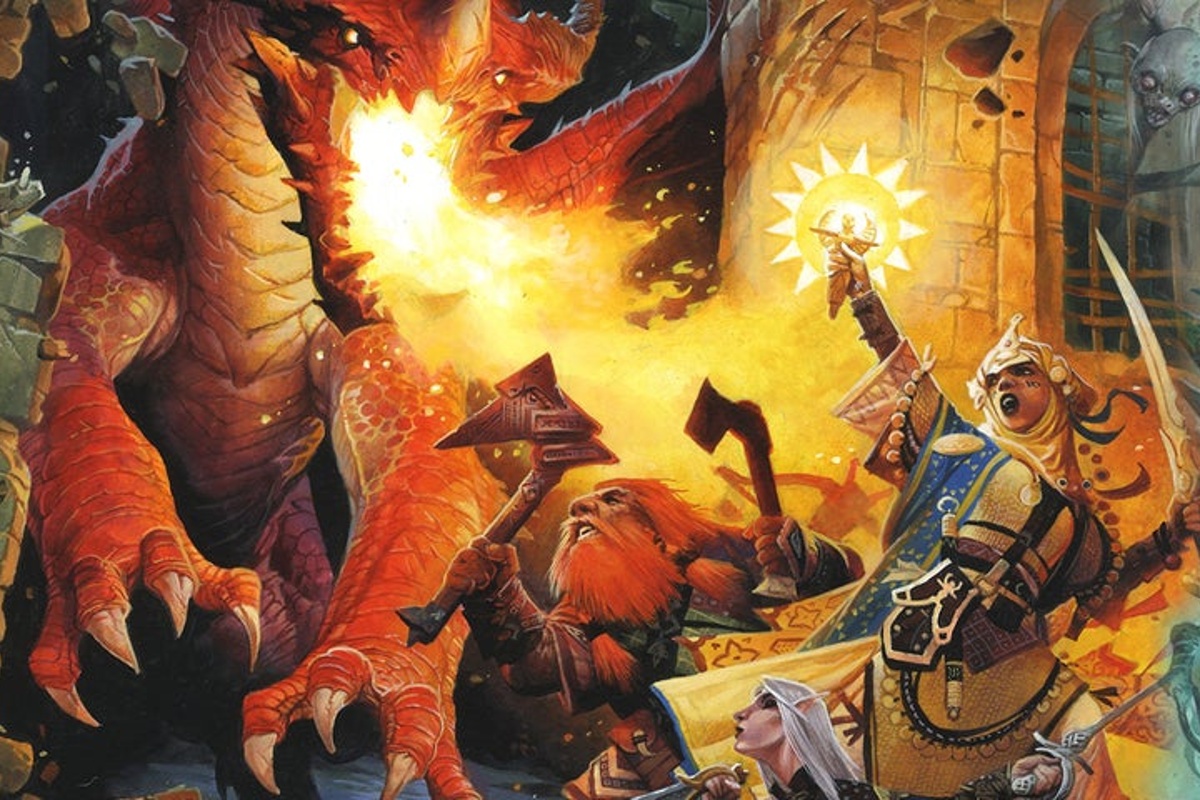Pathfinder 2e realms are wondrous places teeming with magical, mysterious creatures. And when it comes to the mystical art of performing, two charming contenders stand out in the field of bardic potential — the kitsune female wizard and the catfolk female oracle. So, who could make a better bard? Grab your lute and take a seat; it's time to dive into this enchanting comparison.
Step 5: The Finishing Flourish — Choosing Spells, Equipment, and the Final Touch
Embarking on a Pathfinder 2e journey is a magical experience, where imagination dances with unparalleled creativity. To guide you through this thrilling process, we’ve crafted a comprehensive guide detailing each step of creating an enchanting Pathfinder 2e character. Prepare to unleash your potential, from choosing an ancestry to perfecting spells and equipment. Let’s dive into this epic voyage!
Step 4: Strengthening the Spirit — Picking Ability Boosts, Feats, and Skills
Embarking on a Pathfinder 2e journey is a magical experience, where imagination dances with unparalleled creativity. To guide you through this thrilling process, we’ve crafted a comprehensive guide detailing each step of creating an enchanting Pathfinder 2e character. Prepare to unleash your potential, from choosing an ancestry to perfecting spells and equipment. Let’s dive into this epic voyage!
Step 3: Class is in Session — Choosing a Class That Breaks the Mold
Embarking on a Pathfinder 2e journey is a magical experience, where imagination dances with unparalleled creativity. To guide you through this thrilling process, we’ve crafted a comprehensive guide detailing each step of creating an enchanting Pathfinder 2e character. Prepare to unleash your potential, from choosing an ancestry to perfecting spells and equipment. Let’s dive into this epic voyage!
Step 2: Beyond the Ordinary — Selecting a Unique Background
Embarking on a Pathfinder 2e journey is a magical experience, where imagination dances with unparalleled creativity. To guide you through this thrilling process, we’ve crafted a comprehensive guide detailing each step of creating an enchanting Pathfinder 2e character. Prepare to unleash your potential, from choosing an ancestry to perfecting spells and equipment. Let’s dive into this epic voyage!
Step 1: The Fascinating Foundation -- Picking an Ancestry and Naming Your Character
Embarking on a Pathfinder 2e journey is a magical experience, where imagination dances with unparalleled creativity. To guide you through this thrilling process, we've crafted a comprehensive guide detailing each step of creating an enchanting Pathfinder 2e character. Prepare to unleash your potential, from choosing an ancestry to perfecting spells and equipment. Let's dive into this epic voyage!
Playing a klutzy kitsune bard in Pathfinder 2e is about as chaotic and endearing as it sounds. Picture a fox-like creature with an irresistible urge to trip over their own tails while serenading allies with a poorly timed song. This whimsical hybrid of grace and clumsiness creates a character who is both charming and hilariously unpredictable. So, if you’ve ever fancied yourself a little fox-spirit misfit, you’re in for a treat. Buckle up as we stroll through the enchanting world of making your klutziness part of the show!
Embarking on a tabletop adventure together can elevate your relationship in unexpected ways. Here's how Pathfinder 2e makes playing with your spouse or significant other a game-changer.
Navigating the world of Pathfinder 2e can feel a lot like managing three mischievous cats. Each cat has its own personality and demands attention, much like the three actions you have in every turn. Let's delve into this playful analogy to better understand how to optimize your gameplay using Pathfinder 2e's three action economy.
Are You Ready for the Adventure of a Lifetime?
So, you’ve got a bit of time on your hands, and you’re wondering how to fill it. Maybe you’ve binge-watched that series on Netflix one too many times, or you’ve finally seen every cat video the internet has to offer. Let’s face it, it's time for something that’ll really get your brain buzzing and your creativity flowing. Picture this: you and your friends gathered around a table, snacks at the ready, character sheets in hand, all preparing to dive into the fantastical world of Pathfinder 2e. Sounds fun, doesn’t it?
When most people think of football (or soccer for our American friends) and tabletop role-playing games (RPGs), they likely imagine two entirely different worlds. One involves grassy fields, goals, and unrelenting energy, while the other evokes thoughts of dimly lit rooms, multi-sided dice, and crafted characters. But upon closer inspection, the similarities between English football and the immersive universe of RPGs like Pathfinder 2e start to reveal themselves. Both require teamwork, strategic thinking, and a spark of creativity. And most importantly, each offers a rich, unpredictable experience that captivates participants, heart and soul.
